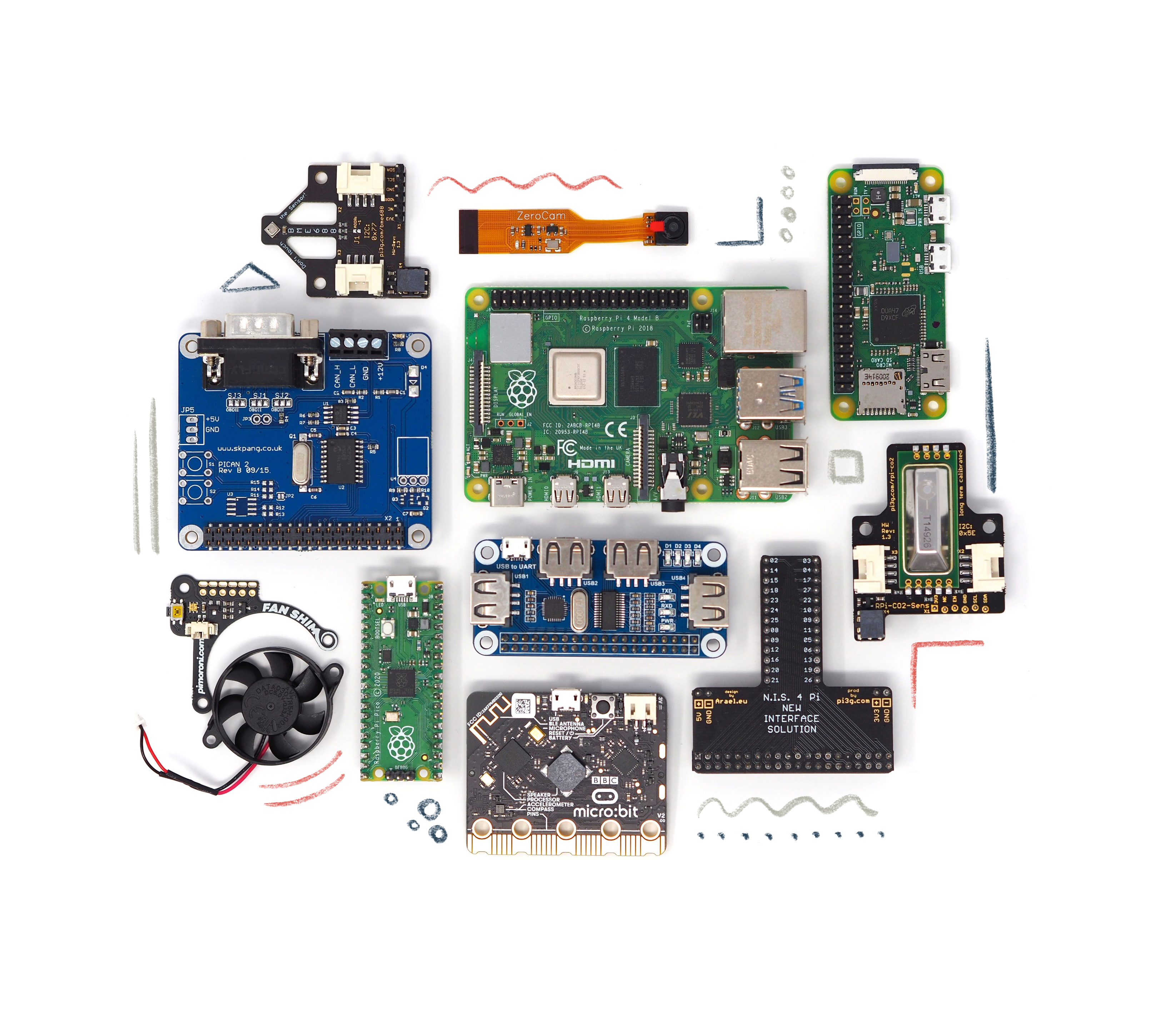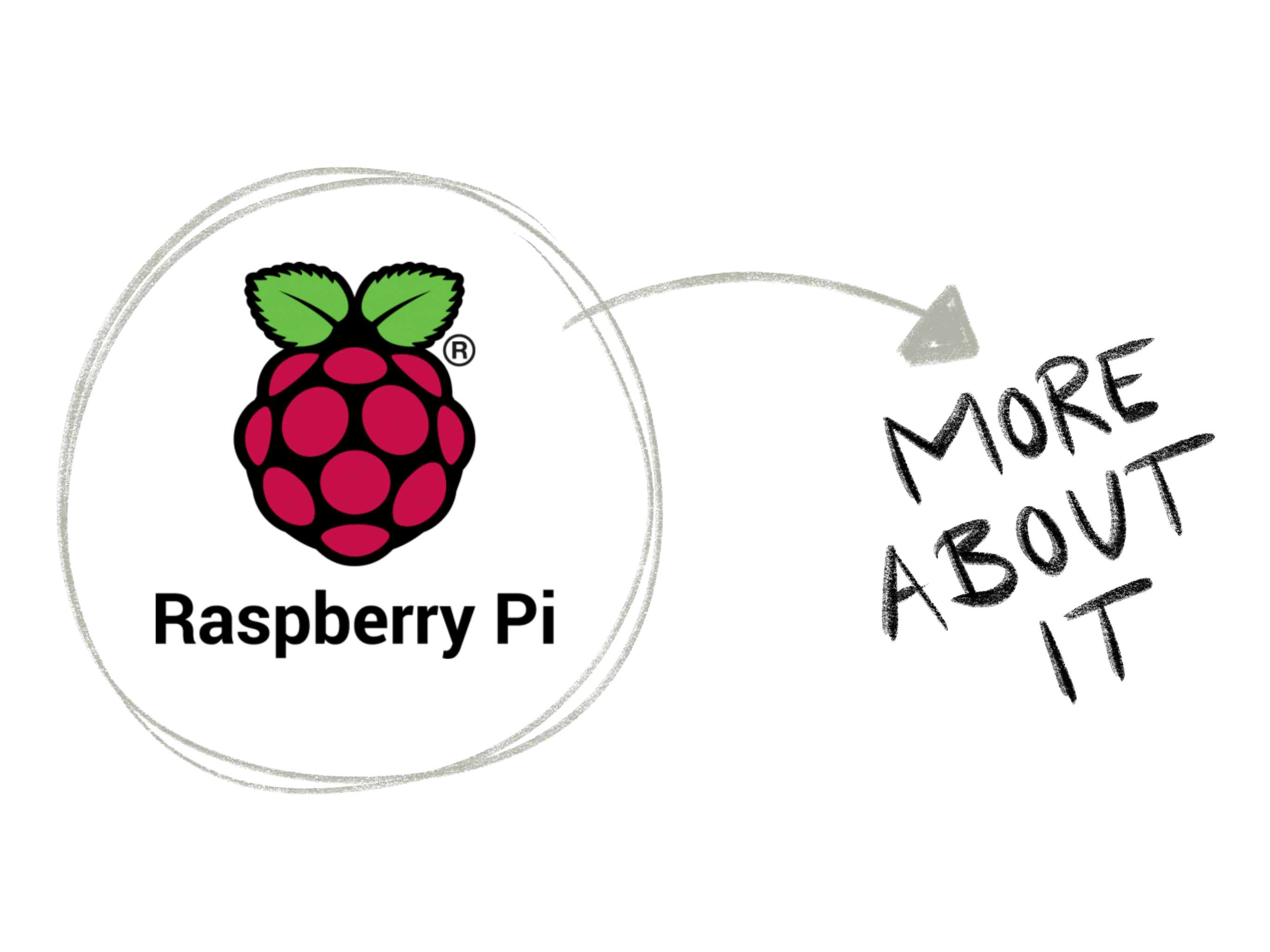the story behind pi3g
Back in 2012 the story of Maximilian and the Raspberry Pi started. He was excited when he got his first Pi and also saw the great potential for further development in it.
Then PiCockpit was born to make using and managing the Pi easier and more accessible for everyone.
Maximilian has always been interested in computers and believed that they are a lever to improve everything in the world - for example in medicine.
Over the years, Maximilian's work has grown and new fields of expertise have emerged...
working at pi3g


In our blog you can expect blog posts about technology and business topics, of course about the Raspberry Pi, but also a wide variety of topics related to Industrie 4.0, IoT, and machine learning - for example about the popular MQTT protocol, Python and Linux embedded development, and much more. Blog entries are not scheduled and not in particular order - the topics are an eclectic mix of what comes up in real life of a company engaged in machine learning & Raspberry Pi embedded adventures.
We are happy to write about special topics that are not so well-documented elsewhere.
If you have any suggestions, we are happy to discuss current topics with you and are always ready to brainstorm workable solutions with you.
envoy websockets per route configuration, JavaScript test setup
In my article yesterday I discussed the configuration & test of envoy for proxying websockets at length.Today I would like to add some additional information.correct syntax for websocket upgrade per routeYou can enable websocket upgrade per route. No need to add it globally:– name: envoy.http_connection_manager config: #upgrade_configs: # – upgrade_type: websocket stat_prefix: ingress_https use_remote_address: true …
read moreenvoy, docker and websockets – debugging and configuration
Websockets are an exciting technology, allowing you to upgrade a HTTP connection to a long-running persistent binary connection, which you can use to send bi-directional messages. As an aside, the MQTT protocol can be transported using websockets – which is the only (?) way for a JavaScript client delivered by the website, for instance. In…
read morecorrect way to instantiate Paho Client in JavaScript for wss (secure websocket)
The Paho documentation is unfortunately quite fragmented at the moment, and some links on Eclipse’s website do not work. Here are some working links (as of 05/2019): https://www.eclipse.org/paho/clients/js/ https://www.eclipse.org/paho/files/jsdoc/index.html https://github.com/eclipse/paho.mqtt.javascript And here’s a fantastic website by Steve: http://www.steves-internet-guide.com/using-javascript-mqtt-client-websockets/ There is an important breaking change in the Paho namespace, where you will run into trouble using…
read moreUnderstanding Erlang & Lua / Luerl for VerneMQ MongoDB auth_on_register hook
My goal / TLDR My goal with this blog post is to explain how to set custom mountpoints for VerneMQ by modifying the shipped MongoDB auth Lua script (lua/auth/mongodb.lua). Setting a custom mountpoint is possible with VerneMQ not only by setting mountpoints manually for specific listeners (e.g. ports), but also programmatically during authorization in your…
read more



